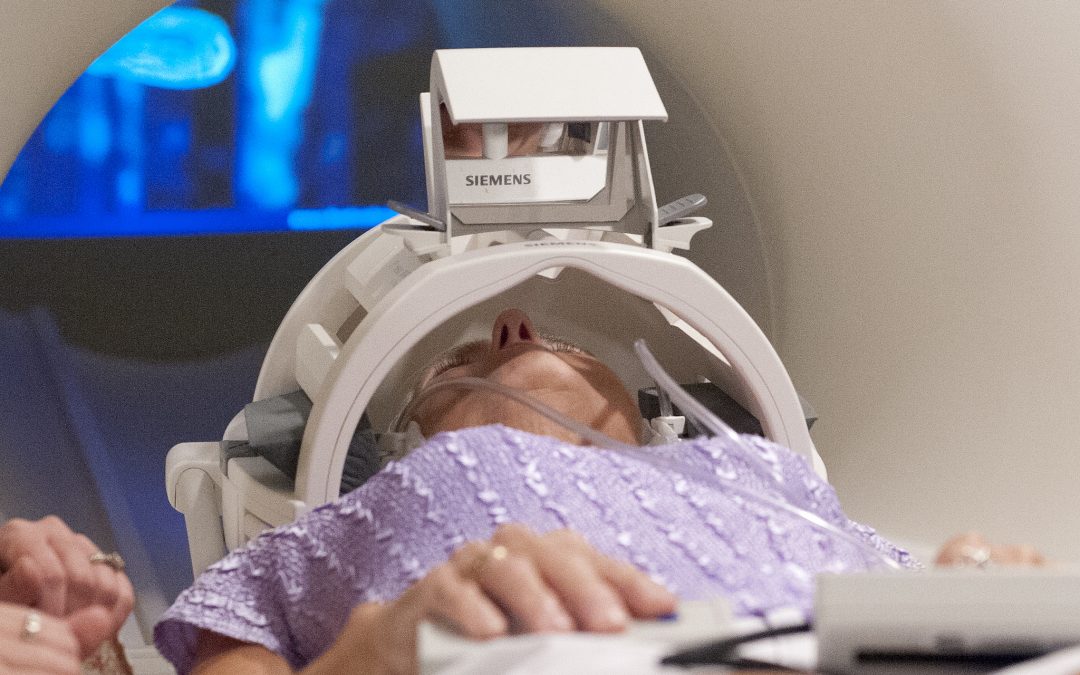MRI scans, which generate images of the inside of the body, are important tools when it comes to testing, diagnosing, and detecting internal abnormalities. MRIs sometimes use contrast agents to improve visibility, which, though mostly safe and effective, remain imperfect.
Enter graphene. As it seems with so many areas of science, the inclusion of this atom-thin carbon sheet has the potential to radically improve MRIs—and contrast agents in particular. According to a paper published in the journal Particle and Particle Systems Characterization, discs of graphene called nanoparticles could be used to target specific kinds of tissues during MRI scans.
The material is also incredibly nontoxic, making it even safer than regular contrast agents— some of which have been discovered to have potentially harmful side effects such as nephrogenic systemic fibrosis. According to Sruthi Radhakrishnan, a researcher at Rice, “Virtually all of the widely used contrast agents contain toxic metals, but our material has no metal. It’s just carbon, hydrogen, oxygen and fluorine, and in all of our tests so far it has shown no signs of toxicity.”
Typical contrast agents have their limits, too, which this new agent does not. Where regular contrast agents aren’t suitable for blood pool or tissue-specific imaging, the graphene agent excels.
In addition to being highly efficacious, the new agent is also cost effective, as graphene tends to be. One major reason? The graphene agent can be effective at lower dosages than a traditional agent, reducing the cost per dose. Healthcare costs all around could be reduced, said head researcher Dr. Sitharaman, because “this new MRI contrast agent will substantially improve disease detection by increasing sensitivity and diagnostic confidence, it will enable earlier treatment for many diseases, which is less expensive, and of course more effective for diseases such as cancer.”
Dr. Sitharaman plans to make the graphene-based MRI agent the focus of his startup company, Theragnostic Technologies.

